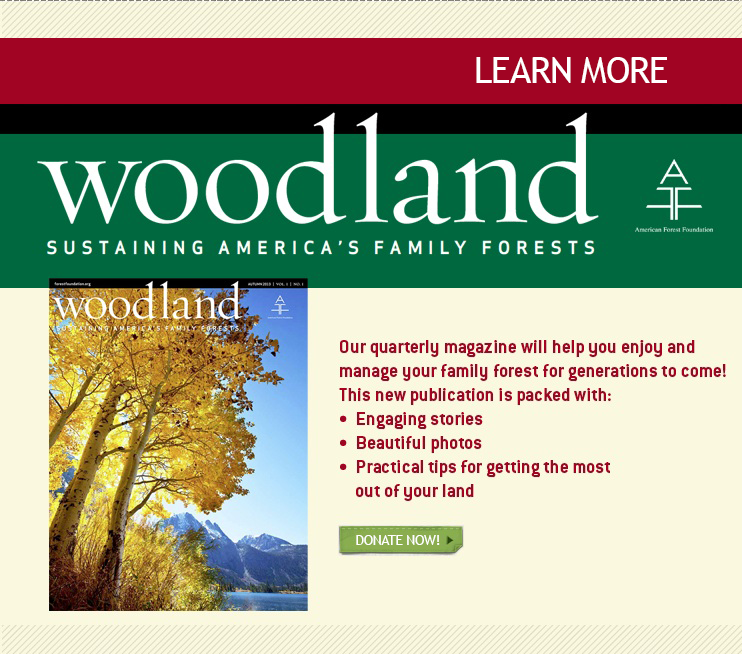Green Building Practices: LEEDing in the Right Direction?
It’s hard to imagine a building material “greener” than wood: it’s renewable, cleans the air and requires less energy to produce than other materials. But wood products, including products made with timber from American Tree Farm System® (ATFS)-certified forests, have been left behind as green building policies emerge across the country.
Often, these policies—at the local, state and federal levels—are based on the U.S. Green Building Council’s Leadership in Energy and Environmental Design (LEED) green building rating system. Under LEED, builders accumulate points for choosing green construction materials and for building practices.
What LEED Says About Wood
Unfortunately, the points for wood do not add up in the current LEED system, offering few incentives for builders to choose wood instead of other building products, such as concrete and steel. ATFS has been working to change LEED and its dominance over government policies so that wood has at least a level playing field in green building markets.
The U.S. Green Building Council has been working on a new version of their rating system, LEED v4. While some initial drafts of LEED v4 have been more favorable for wood, the latest draft took a significant step backward. In fact, some requirements in the latest draft may ultimately serve to devalue—and discourage—some sustainability practices.
So, what is in LEED v4 for wood?
LEED v4 continues to discriminate against ATFS-Certified fiber.
LEED v4 continues to solely reference the Forest Stewardship Council (FSC) when it refers to forest certification standards. While LEED v4 leaves some flexibility for recognition of other forest certification systems, like ATFS or the Sustainable Forestry Initiative, there is no guarantee that ATFS wood will receive recognition.- LEED v4 begins to use new tools to determine environmental impacts.
Under LEED v4, builders would be able to accumulate points based on their building’s Life Cycle Assessment (LCA)—how a building impacts the environment during its entire life span. While this doesn’t necessarily give builders direct points for using wood, most builders will find that incorporating more wood in their building should improve their LCA.
LEED v4 also incorporates Environmental Product Declarations (EPDs), the environmental equivalent of a nutrition label. But the latest draft of LEED v4 makes the EPD requirements practically unattainable. ATFS is working to change this, and to encourage the development and use of EPDs, which help to demonstrate the environmental benefits of wood products. - LEED v4 takes a step back in recognizing local wood products.
Previously, local wood products have received recognition in LEED regardless of forest certification. LEED v4 buried the incentives for locally produced wood products within other credits, including the complex EPD credit and the credit option for forest certification. This significantly decreases the incentives for builders to use local wood products in buildings.
ATFS will continue to urge the U.S. Green Building Council to do more to recognize the benefits of wood in LEED v4. Strong wood markets mean that family forest owners have the means to continue to reinvest in their woodlands—to continue to keep them healthy and strong for the next generation.










Comments: